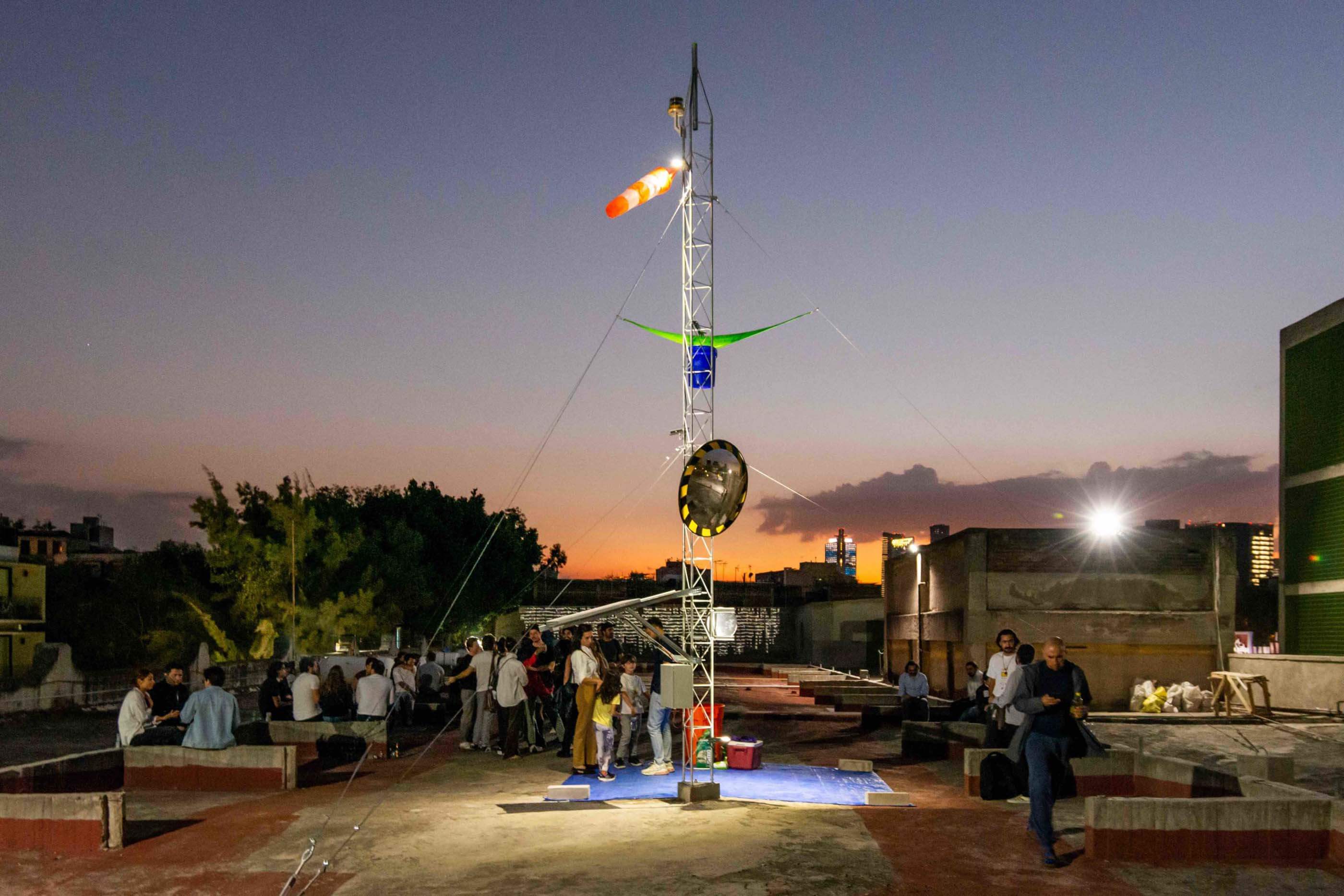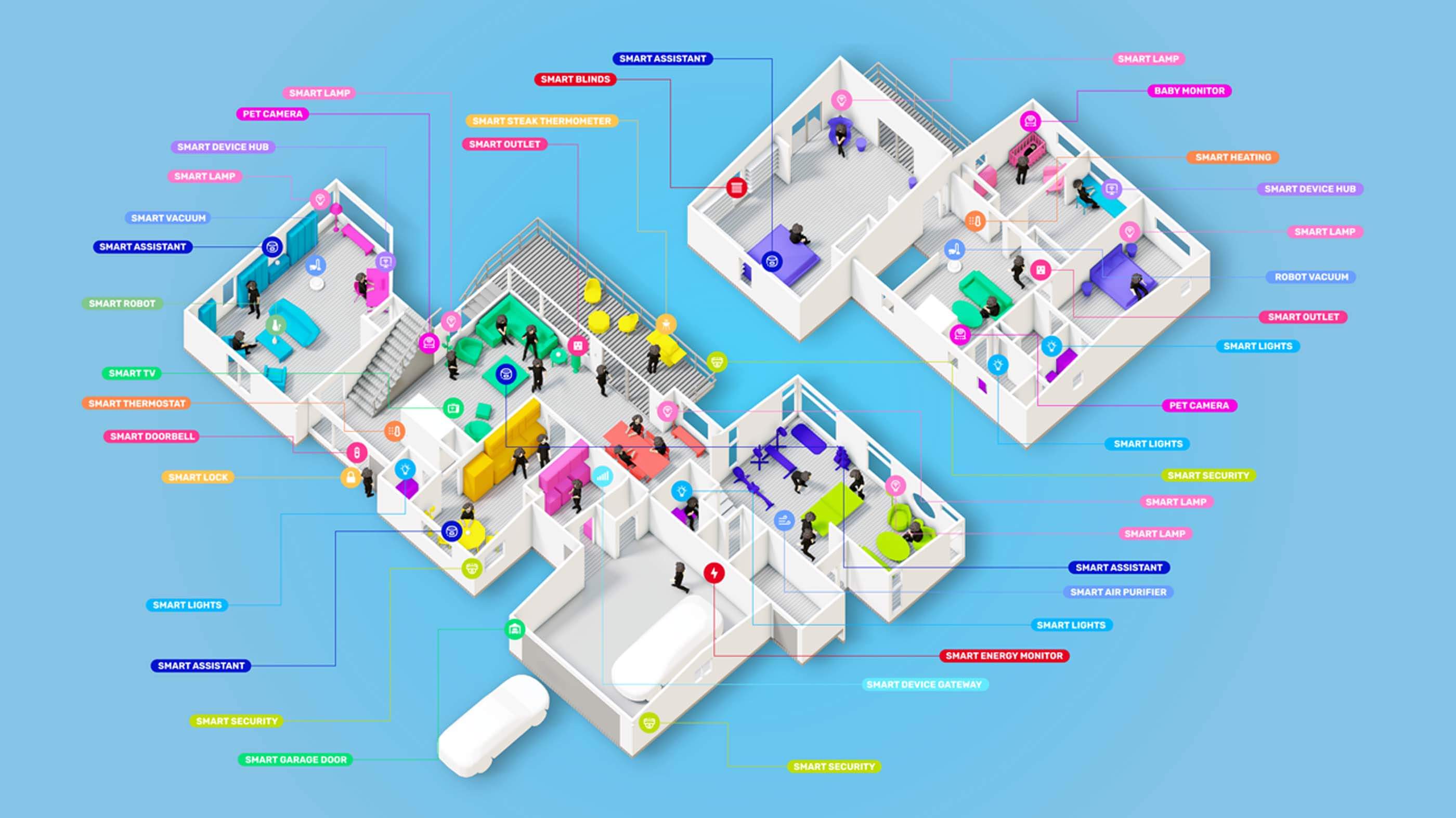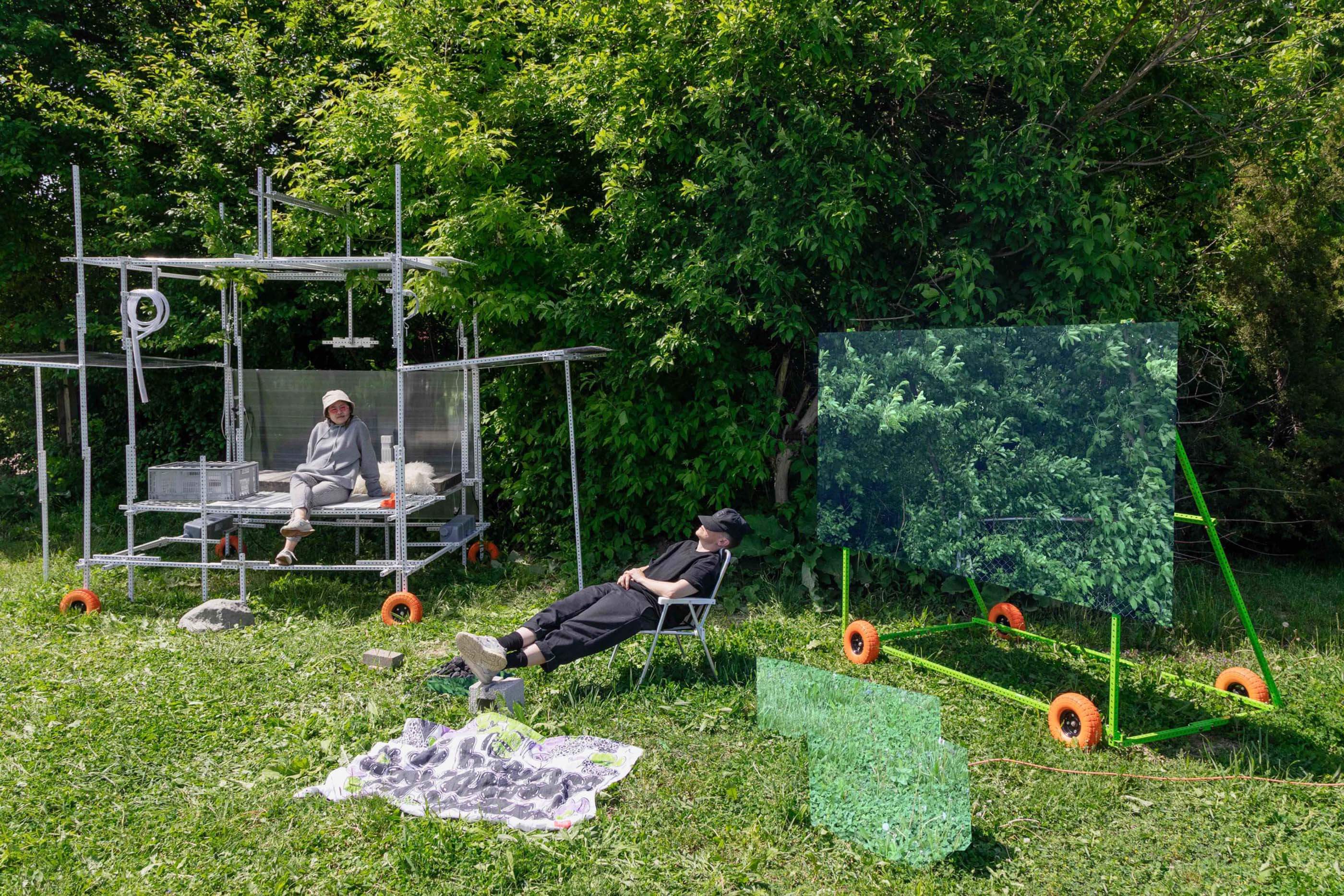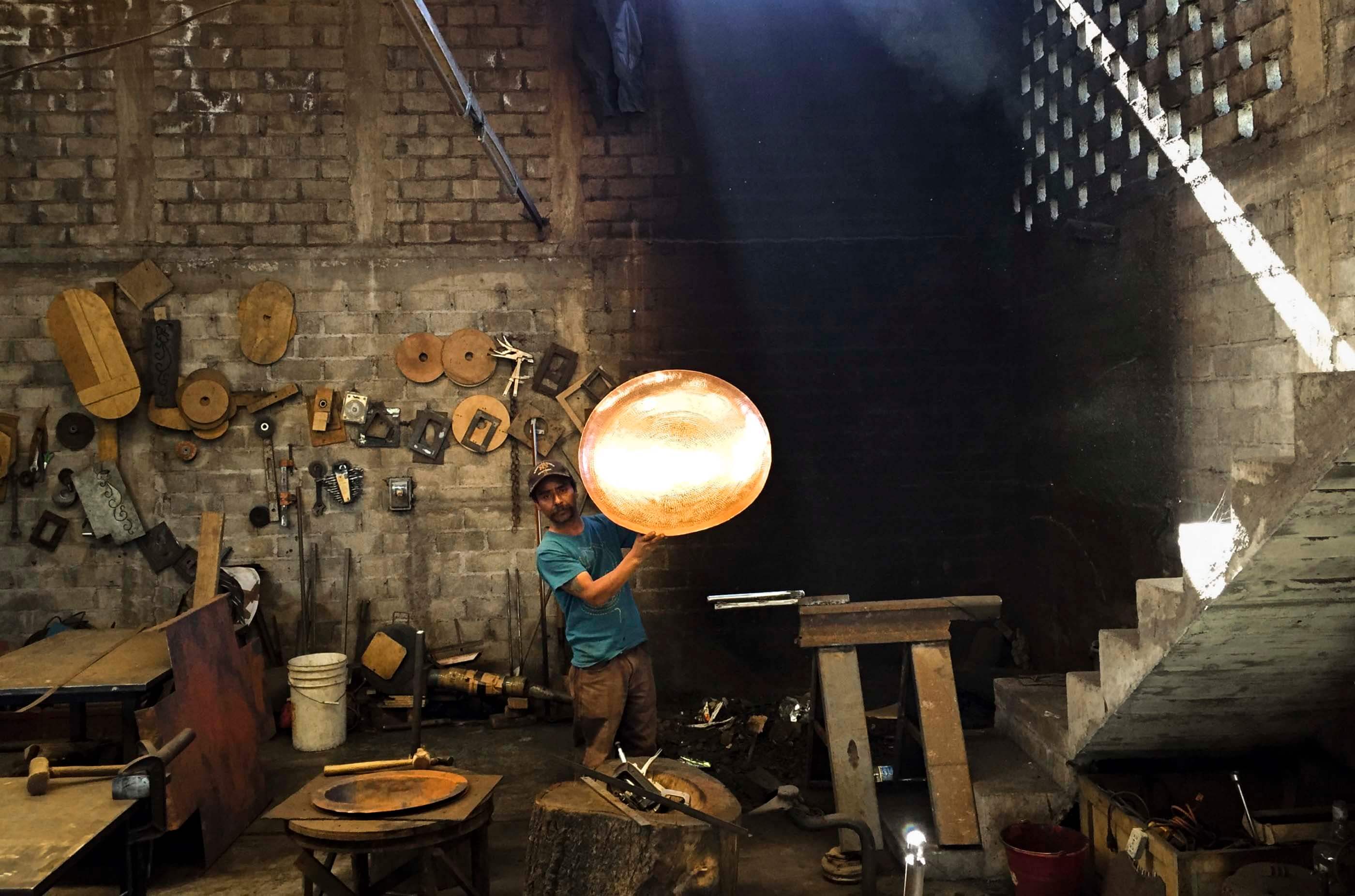In its third iteration, Architectural League Prize 2022 recipients responded to the theme Grounding, which asked the applicants to consider: “How do young architects tether their work and practices to the grounds upon which they design? How can designers respond to both the particularities of location and the ubiquity of global forces? What are intentional approaches to and forms of grounding?”
Each year the annual prize is opened to eligible entrants (architects with practices in North America younger than ten years) who are asked to respond to a theme developed by a rotating group of past League Prize winners. This year also marks the third year the competition has been held during the coronavirus pandemic, which means the exhibition, comprising site-specific installations and lectures happened in the digital sphere via Zoom and virtual galleries, instead of gatherings at the Parsons School of Design. Video recordings of the lectures about the six installations, split into three nights of paired presentations and conversations, can be viewed on the Architectural League’s webpage.
Read on for summaries on how each of the six recipients responded to this year’s theme, Grounding:

Citygroup
Off the Fence
When walking in the lower east side of Manhattan, you might have glimpsed a row of alternating yellow, blue, and green posters with quotes in black text lining a construction fence near the in-progress site of a luxury highrise—at least before the developer painted over them.
In a city with soaring rent prices, Citygroup’s installation keeps viewers grounded in local realities. The posters feature quotes from local residents and media: “Chinatown is not a museum,” said one activist; “We don’t want this place to become a tourist site where all the generations of the people who have lived here—the elderly and even the young—all move out or are displaced,” said another. Although the posters have been painted over, some of the text remains visible.

Nathan Friedman and Francisco Quiñones, Departamento del Distrito
When Models Are Systems
From afar, the installation When Models Are Systems, in Mexico City, looks like a motley collection of assorted objects—a bucket, a construction barrel, a mirror—strung up a communications tower. However, each idiosyncratic device serves a unique function, such as collecting rainwater, monitoring wind and humidity, sunlight, and producing solar energy.
But that’s not all, the objects also convert the site into a lively gathering space: The energy generated powers spotlights that illuminate the roof deck, cooling misters, and a synced playlist heralded by the attached loudspeakers. Site and operations become one.

Isaac Stein and Maggie Tsang, Dept.
Remnant Nursery
The tall grasses and yellow baptisia flowers of the Gulf Coast prairie that once occupied present-day Houston are soon becoming a relic of the past. But Isaac Stein and Maggie Tsang, principals of landscape design firm Dept., are looking to change that.
The duo’s work, Remnant Nursery is a pseudo-plant shop that distributes endangered plants of the Gulf Coast prairies to local residents. The installation is marked by a generic roadside sign that reads “Free Prairie Plants.” The leafy treasures are all endemic species and are free of charge.

Farzin Lotfi-Jam, Farzin Farzin
My Domestic Routine
Film and physical installation come together to create My Domestic Routine. The project contemplates the simultaneous stability and unease of the smart-device infested home, where convenience comes at the cost of surveillance. The physical installation is an AI-fearing homedweller’s worst nightmare, featuring an array of smart home devices—automatic LEDs, motion sensors, IKEA Smark blinds, a Roomba cleaning robot (now connected to internet). In the video installation, snapshots of Lotfi-Jam’s life, captured through the lens of smart home devices, flicker across the screen.
“Having spent my adult life living in dense urban areas in a state of constant precarity, this new turn to suburban stability causes much celebration and anxiety,” Lofti-Jam narrates in the film.

Xavi Laida Aguirre, stock-a-studio
someparts x useful props
With the work someparts x useful props, stock-a-studio, brings construction methods and materials back to the basics. Described as a “mixed-reality architectural kit,” the portable installation primarily comprises slotted beams that are set up to create a small, pavilion-like space, able to be compacted into one structure. The self-built construction has been used as a space to gather with friends, eat pizza, and take a nap; soon, it will become a pop-shop shopfront selling plants and seeds.

Jose Amozurrutia and Carlos Facio, TO
Sound Construction
TO’s audio installation finds beauty in the din of construction. In Sound Construction, various audio tracks sourced from fabrication work come together to create a masterpiece that is distinctly musical; the chime of mallet against metal rod is accompanied by the rhythmic hammering of copper plates being forged. Materiality takes on a new meaning as the project introduces the lesser thought of auditory properties of material and construction.
“With these fragments of sensory experiences that speak of material qualities and resonate in our subjective perception with atmospheres and meanings—like architecture itself—we created a new variation that comes from the same ground,” TO said in a project description.
More imagery and information on the six installations and the annual prize can be viewed on the League’s website.











